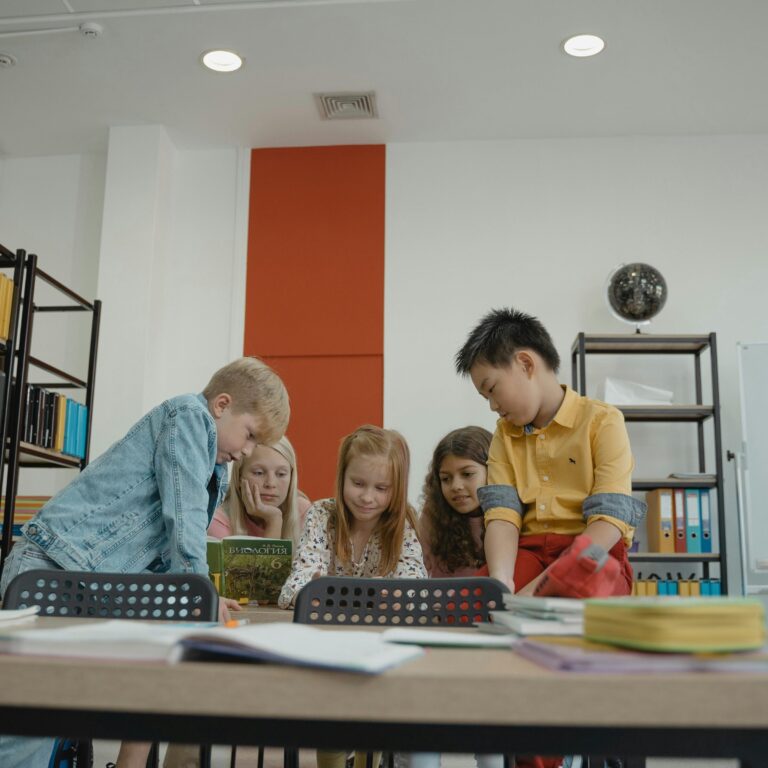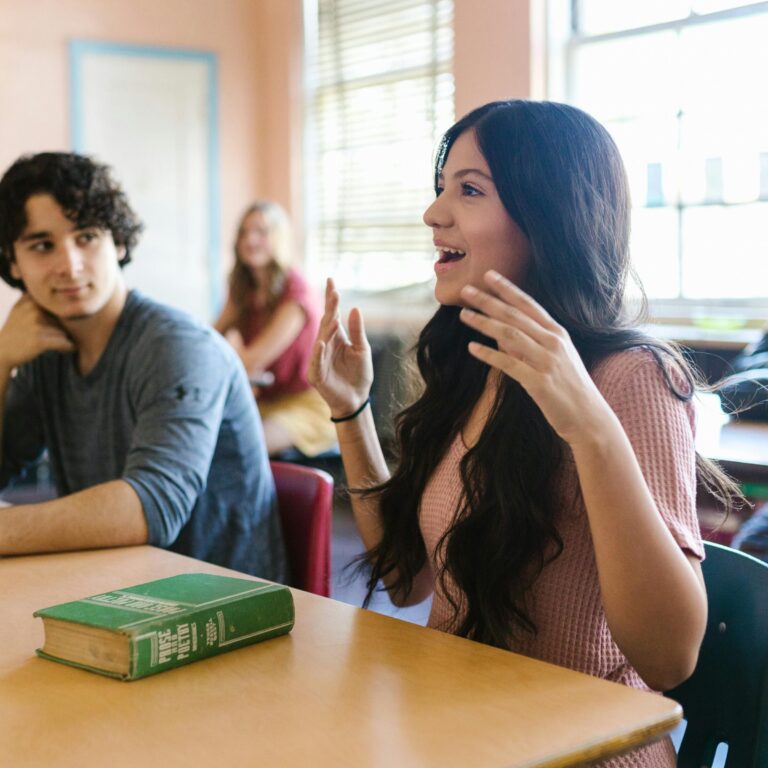To support skills development, high school literacy should be approached by presenting the subject matter in a variety of formats (videos, podcasts, posters, graphic organizers) and by providing students with "writing to learn" activities, such as writing informative brochures using ICT (graphics, design, schematics software) to demonstrate their understanding.
Explicit teaching of reading comprehension strategies and writing strategies supported by metacognitive discussions aimed at developing self-regulation strategies in students are good practices to adopt in all high school subjects.
Reading should no longer be seen as a solitary activity, but rather as an interaction.
Reading should no longer be seen as a solitary activity, but as an interaction between the reader and the text, as well as between peer readers. The formation of pairs, teams and small discussion groups is recommended in the classroom to promote understanding of texts read in high school.
For the development of writing skills, peer interaction during complex tasks and collective prewriting activities, the development of graphic organizers, and teacher or peer feedback are good practices to adopt in the classroom, with all students. The programs, practices, approaches and tools identified to improve high school literacy teaching practices aim to teach a diversity of students while taking into account the organizational reality of secondary schools; they should be covered in initial teacher training as well as in continuing education.
Further studies will be needed to better understand, among other things, the effects of co-teaching of reading and writing, and of multimodal digital literacy in high school.
Main researcher: France Dubé, Université du Québec à Montréal
Original title: Pratiques d'enseignement favorisant le développement de la compétence à lire et à écrire au secondaire en contexte d'inclusion scolaire




